Technical Reports Risk management
This page lists technical reports of PIARC in the field of risk management. These publications are classified chronologically.
-
Well-Prepared Projects
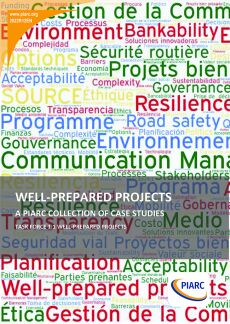
This collection of case studies includes 17 cases from 10 different countries participating in this task force, plus one case dedicated to the use of the SOURCE platform in the preparation of transportation projects. It comes after our first report delivered earlier in 2021 in which we reviewed the overall processes and practices taking place in the 10 countries. The objective of this collection is to provide a variety of highly relevant examples from the real life. Each case outlines good practices [...]
-
Bridge And Tunnel Strikes By Oversized Vehicles
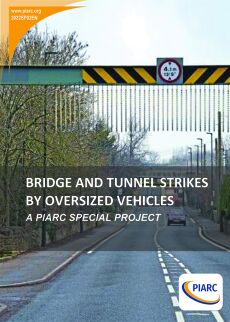
This report details the findings of a study carried out by Roughan & O’Donovan Ltd. (ROD) under the supervision of PIARC, in response to an open call for proposals published by PIARC to conduct the “Bridges and tunnels strikes by oversize vehicles” Special Project. The objective of the study was to examine proven countermeasures, practices, and technologies used to reduce the incidence of oversize vehicles striking bridges and tunnels along with effective processes for accurately reporting [...]
-
Overweight Vehicles: Impact On Road Infrastructure And Safety
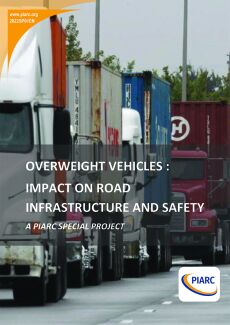
This report compiled the available information on overweight road freight vehicles around the world, the impacts they have on road infrastructure, road safety and the economic position of road infrastructure managers, and collected global best practices to prevent and mitigate overloading. Global experience Weight limits for road freight vehicles typically cover 2 aspects: gross vehicle weight and axle (set) load. Gross vehicle weights differ greatly between countries and continents, from as low [...]
-
Increasing Resilience of Earth Structures to Natural Hazards - Litterature Review
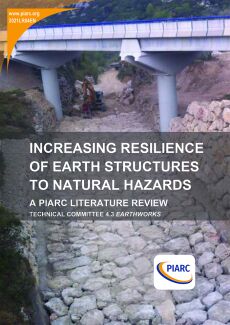
This report provides preliminary background on the topic of “Increasing Resilience of Earth Structures to Natural Hazards” assigned to WG1 of PIARC TC 4.3 as part of the 2020-2023 Work Program. This topic will be further developed as part of the 2020-2023 Work Cycle and is expected to be completed by two adittional documents for this topic: a Case Studies Report and a Full Report. This Literature Review provides general insight on how the concept of resilience is currently being considered among [...]
-
Project risk catalogue - Technical Report
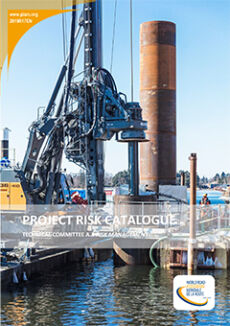
During the PIARC work program for TC A.3 Risk Management 2016-2019, a general, extensive PROJECT RISK CATALOGUE was prepared by WG2 members. To arrive at this catalogue, the working group conducted an effort that involved the documentation of their collective experiences, an extensive literature search, experience from previous cycles, findings from joint international seminars with TC E.1 Adaptation Strategies/Resiliency and E.3. Disaster Management, and experience from local experts from LMIC [...]